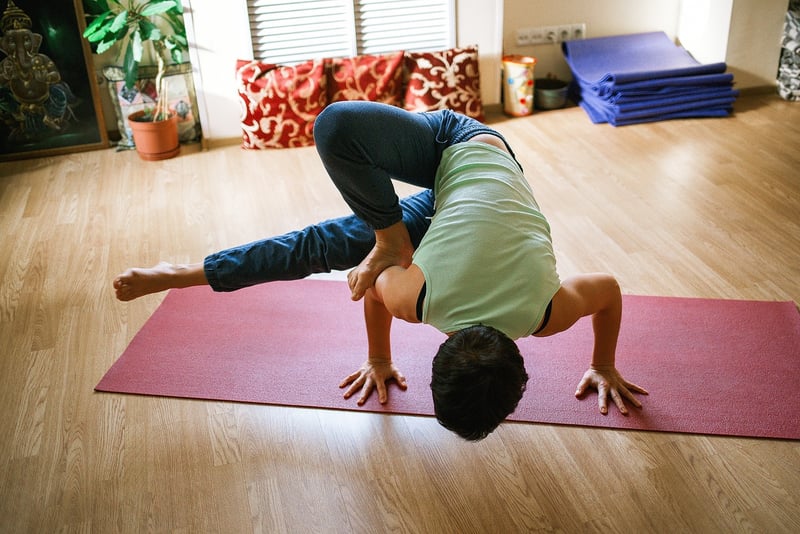Pranayama Practices
Techniques to Enhance Breathing + Pranayama Practices
Introduction
Welcome to our guide on techniques to enhance breathing and Pranayama practices. Breathing is essential for life, and conscious breathing techniques can have a profound impact on our physical, mental, and emotional well-being. Pranayama, the practice of breath control in yoga, offers a wide range of techniques to improve breathing, increase energy levels, and promote relaxation. Let's explore some effective methods to enhance your breathing and incorporate Pranayama into your daily routine.
1. Diaphragmatic Breathing
Diaphragmatic breathing, also known as abdominal or belly breathing, involves breathing deeply into the abdomen rather than shallowly into the chest. To practice diaphragmatic breathing, lie down or sit comfortably, place one hand on your chest and the other on your abdomen, inhale deeply through your nose, feeling your abdomen rise, then exhale slowly through your mouth, feeling your abdomen fall. This technique helps increase oxygen flow, reduce stress, and improve overall lung function.
2. Box Breathing
Box breathing is a simple yet effective technique used by many to calm the mind and body. Start by inhaling deeply for a count of four, hold your breath for a count of four, exhale for a count of four, and hold your breath again for a count of four. Repeat this cycle several times. Box breathing can help reduce anxiety, improve focus, and promote a sense of relaxation.
3. Alternate Nostril Breathing (Nadi Shodhana)
Nadi Shodhana is a Pranayama technique that involves breathing through alternate nostrils to balance the flow of energy in the body. Sit comfortably with your spine straight, use your right thumb to close your right nostril and inhale through your left nostril, then close your left nostril with your right ring finger, exhale through your right nostril, inhale through your right nostril, then exhale through your left nostril. Repeat this cycle for several rounds to calm the mind, reduce stress, and enhance mental clarity.
4. Kapalabhati (Skull Shining Breath)
Kapalabhati is a dynamic breathing technique that involves rapid, forceful exhalations followed by passive inhalations. Sit comfortably with a straight spine, take a deep breath in, then forcefully exhale through your nose by contracting your abdominal muscles. The inhalation should be passive and natural. Kapalabhati helps clear the nasal passages, increase oxygen supply to the brain, and improve lung capacity.
5. Ujjayi Breathing
Ujjayi breathing, also known as ocean breath, is a Pranayama technique that involves breathing slowly and deeply through the nose while slightly constricting the back of the throat, creating a soft sound resembling ocean waves. Ujjayi breathing helps calm the mind, regulate body temperature, and increase concentration during yoga practice.
Conclusion
Enhancing your breathing through various techniques and incorporating Pranayama practices into your daily routine can have numerous benefits for your overall well-being. Whether you choose to practice diaphragmatic breathing, box breathing, Nadi Shodhana, Kapalabhati, Ujjayi breathing, or a combination of these techniques, remember to breathe consciously, stay present in the moment, and enjoy the journey to improved health and vitality.
Image Source: Pixabay

